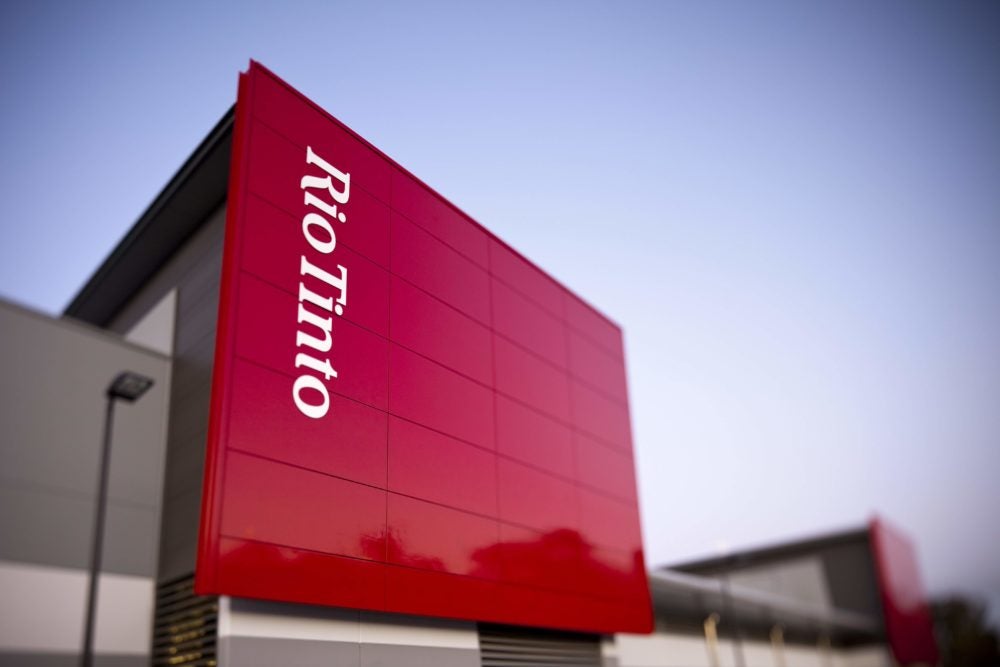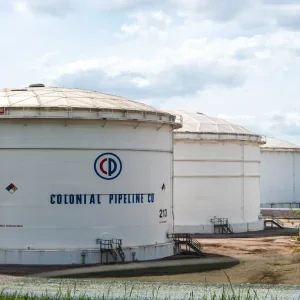
Rio Tinto recorded an eight-year profit-high in 2019, following an increase in iron ore prices.
The Anglo-Australian miner posted its full-year financial results today (26 February), which showed its underlying earnings were up 18% to $10.3bn — the highest it’s been since 2011.
The firm has set a goal of reaching net-zero emissions from its operations by 2050 on its Scope 1 and 2 emissions.
Its net debt for the year ending in December rose by $3.9bn to $3.7bn, after revenue also increased from $40.5bn in 2018 to $43.1bn a year later.
The board revealed a final dividend up from $1.80 in 2018 to $2.31 per share — taking its pay-out for the full year to $4.43 a share.
Despite noting the positive financial results, the miner’s CEO J-S Jacques warned the novel coronavirus (Covid-19) could have a short-term impact on its business.
“Our world-class portfolio and strong balance sheet serve us well in all market conditions, and are particularly valuable in the current volatile environment,” he added.
“We are closely monitoring the impact of the Covid-19 virus and are prepared for some short-term impacts, such as supply-chain issues. Our products are currently reaching our customers.
“Our resilience and value over volume strategy mean we can invest in our business and deliver superior returns to shareholders in the short, medium and long-term.”
How Rio Tinto recorded an eight-year profit high
Rio said its operating cash flow was up 26% from 2018 to $14.9bn, with its free cash flow rising by 31% to $9.2bn in 2019.
The firm’s underlying earnings before interest, taxes, depreciation, and amortisation (EBITDA) increased by 17% to $21.2bn, while its underlying EBITDA margin was 47% – which it claims was driven by higher iron ore prices.
Despite the miner’s underlying earnings going up by 18% to $10.4bn last year, its net earnings dropped by 41% compared to 2018’s figures to $8bn.
Rio put this down to $1.7bn of impairments in 2019, which came from the Oyu Tolgoi underground project in Mongolia’s Gobi Desert, and the Yarwun alumina refinery in Queensland Australia.
Its capital expenditure sat at $5.5bn, after the company announced an $800,000 investment in its Greater Tom Price iron ore business in Pilbara, Australia, alongside $1.5bn spending on improving its Kennecott copper mine in Utah, US.
Coronavirus’ impact on Rio Tinto’s business ‘short-term’
Copper and iron ore prices have taken a hit following the breakout of the coronavirus, which originated in China and has been deemed a global health emergency.
Quarantine measures and a wider slowdown in economic and industrial activity in the country have cut demand in this important region, putting significant strain on commodity markets.

When the BHP Group, the world’s biggest miner, announced its half-year results on 18 February, its new CEO Mike Henry confirmed his firm is also expecting to be hit by the effects of the coronavirus.
Despite this, China increased its first batch of mining quotas for 2020 on 20 February, despite concerns the virus could have major implications on production within the country.
But, like BHP, Rio is expecting its business to be hit in the short-term and said all of its operations are currently “looking at opportunities to adjust to the impact of the Covid-19 virus on market conditions”.
Rio Tinto to reach net-zero emissions from its operations by 2050
As the world looks to reduce its reliance on high-polluting fossil fuels, there is increased pressure on the mining industry, which is often regarded as the dirtiest energy sector, to limit greenhouse gas emissions from its operations.
Rio said it has a “key role to play in enabling the transition to a low-carbon economy” and it will do this through its “well-positioned portfolio of high-quality iron ore, copper and aluminium”.
While the firm does not mine coal or extract oil and gas, it claims 76% of its electricity consumption at its managed operations is supplied by renewable energy.
Since 2008, Rio added it has reduced its absolute greenhouse gas emissions from its managed operations by 46%, or 18% when excluding divestments.
The company has confirmed it is aiming for net-zero emissions from its operations by 2050.
Its new targets for Scope 1 and 2 emissions for its managed and non-managed operations are a 30% reduction in emissions intensity by 2030 from 2018 levels and a 15% reduction in absolute emissions across the same period.
Rio said “Our growth, overall, between now and 2030 will be carbon-neutral. This is underpinned by approximately $1bn of climate-related spend over the next five years.”






